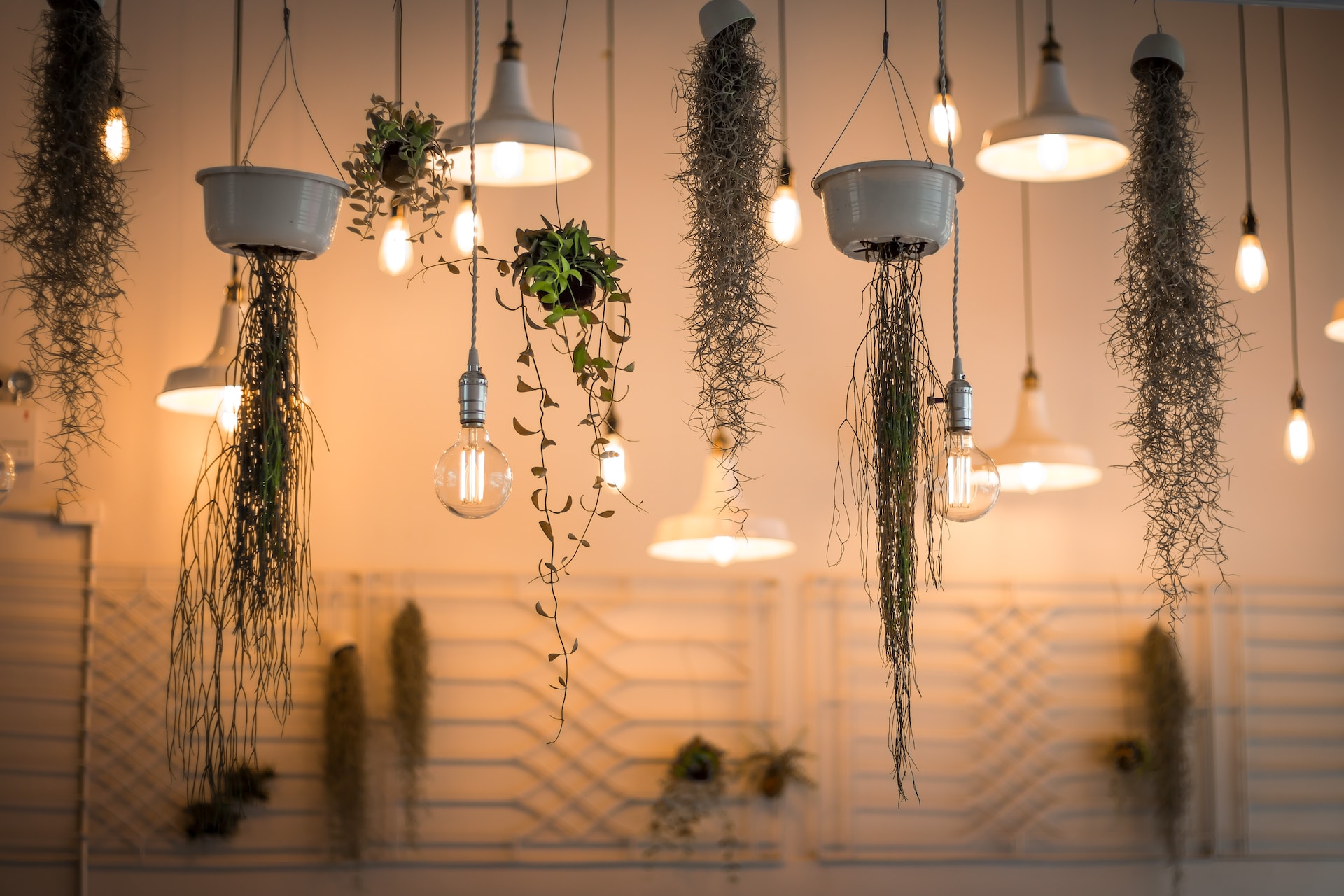How to Get Smart at Home
Smart technology is transforming how we live, making our homes more efficient, eco-friendly, and convenient.
From energy-saving devices to home automation, embracing smart tech not only makes life easier but also helps reduce your carbon footprint.
Here's how you can get smart at home to save time, energy, and money while helping the planet...
Smart Thermostats for Energy Efficiency
Heating and cooling account for a large portion of household energy use. Smart thermostats, like Nest or Hive, allow you to control the temperature of your home remotely and automatically adjust based on your daily routine.
-
Energy Savings: These systems learn your habits and can turn the heating down when you're out or asleep, cutting your energy bills significantly. Many models even give you insights into your energy usage, so you can make informed choices about how to reduce it.
-
Convenience: You can control your home’s temperature from your phone or with voice commands, ensuring your home is always comfortable without wasting energy.
Smart Lighting for Lower Electricity Bills
Smart lighting systems, such as Philips Hue or LIFX, let you control your home’s lighting from anywhere. These systems often include energy-efficient LED bulbs and allow you to automate your lights based on your schedule.
-
Energy Efficiency: LED smart bulbs use far less energy than traditional incandescent bulbs and last much longer. You can also set lights to turn off automatically when rooms are unoccupied, saving electricity.
-
Customisation: Adjust the brightness or even the colour of your lights to suit your mood or the time of day. Many systems also integrate with voice assistants like Alexa or Google Assistant for hands-free control.
Smart Plugs to Reduce Standby Power
Many appliances continue to draw power even when not in use, but smart plugs can help eliminate this “vampire” energy drain. Smart plugs allow you to turn devices on and off remotely or set schedules for them to turn off automatically.
-
Energy Conservation: By using smart plugs, you can cut the electricity consumption of devices like TVs, gaming consoles, or chargers when they’re not in use.
-
Convenience: You can control your appliances from your phone or set them to turn off when you're asleep or out of the house, reducing energy waste.
Smart Appliances for Efficient Living
Newer smart appliances, from fridges to washing machines, are designed with energy efficiency in mind and can be controlled remotely or integrated into your smart home system.
-
Energy Savings: Many smart appliances adjust their operations to minimise energy usage. For example, a smart washing machine may run during off-peak energy hours, and a smart fridge can alert you if the door is left open.
-
Convenience: With app control, you can monitor your appliances from anywhere, receiving notifications if something needs attention or adjusting settings remotely.
Smart Water Systems to Conserve Resources
Smart water systems, such as smart irrigation for gardens or leak detection systems for your plumbing, help you manage water usage more efficiently.
-
Water Conservation: Smart sprinklers adjust watering schedules based on weather data, ensuring your garden gets the right amount of water without waste. Smart leak detectors can alert you to plumbing issues before they become expensive and wasteful problems.
-
Ease of Use: Controlling your water usage remotely or having systems that automatically adjust for conditions takes the hassle out of managing water conservation.
Small Changes, Big Impact
Embracing smart tech at home isn’t just about convenience - it’s about making your life more sustainable and reducing your environmental impact. From energy-efficient lighting to water-saving systems, integrating smart technology into your home can help you save money, conserve resources, and make life a little easier.
Getting smart at home today will lead to a greener, more efficient future tomorrow.


